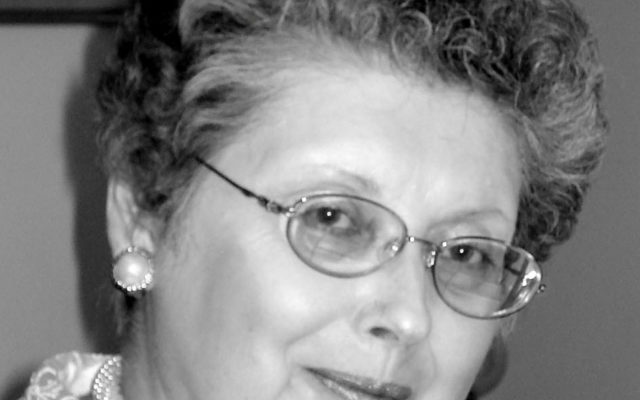
How removed are those cousins?
Even experienced genealogists find determining relationships challenging at times. Most of us rely on our genealogical software to navigate the complexities in figuring out the degree of cousinship or the number of removes we are to another person.
There are charts to help with this, but absent a chart let me try to make things easier for you. You all know that your first cousin is a child of your aunt or uncle. But what makes them your first cousin is that you both descend from the same grandparents. Everyone who descends from your grandparents is a first cousin to you no matter what the age difference may be.
Second cousins are people who descend from the same great-grandparents; third cousins from the same great-great grandparents, fourth from the same great-great-great grandparents and so on, as far you need to carry it.
Then there is the issue of ‘removed,” which can seem confusing. What makes someone a cousin once, twice, or three times removed? It’s simply a matter of generation. For example, you are first cousin to Jim and he has a daughter Mary. Mary is your first cousin, but she is one generation removed from your common ancestors, your grandparents. They are her great-grandparents and your grandparents. So, she is your first cousin, once removed. Her children are still first cousins to you, but twice removed. The key to determining the “removed” status is that you are descended from the same two people, but you are different generations from them.
It’s the same with second cousins, too. For example, your father’s first cousin Martin has a son William. William is a first cousin once removed to your father. To you he’s a second cousin and so on down the line of his descendants. Once you get the hang of this it becomes easier to determine relationship, though I do admit a 13th cousin 10 times removed takes a bit of figuring and a chart would make it much easier. Your genealogical software is a great help with all this. It allows you to know instantly the relationship between you and someone on the family tree no matter how removed they are.
In Catholic Europe during the Middle Ages the degree of cousinhood was crucial because the Church refused to allow cousins up to the fourth degree to marry. Dispensations from the pope had to be granted to allow closer cousins to marry and, since that always meant a sizeable donation to the Church, only royalty or wealthy nobles could afford a dispensation. Since most European royalty was related to one degree or another it was difficult to find a suitable fellow royal to marry who didn’t fall within the forbidden degree. Protestantism didn’t care how close the cousins were and allowed all cousins to marry.
I hope this helps to explain how to figure a cousin’s exact relationship to you. Just remember, the degree of relationship between two people is always based on how close they are to their common ancestor.
Nancy Battick is a Dover-Foxcroft native who has researched genealogy for over 30 years. She is past president of the Maine Genealogical Society, author of several genealogical articles and co-transcribed the Vital Records of Dover-Foxcroft. Nancy holds a MA in History from UM and lives in DF with her husband, Jack, another avid genealogist. You can contact Nancy at nbattick@roadrunner.com.